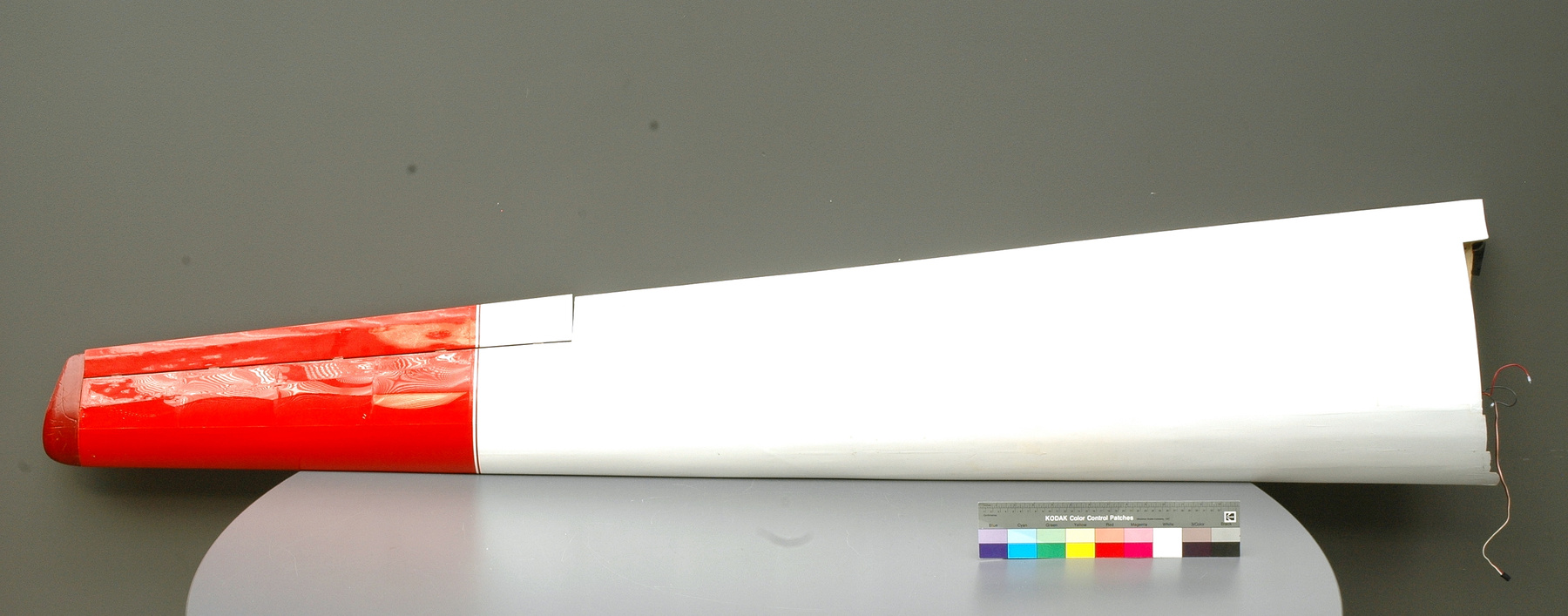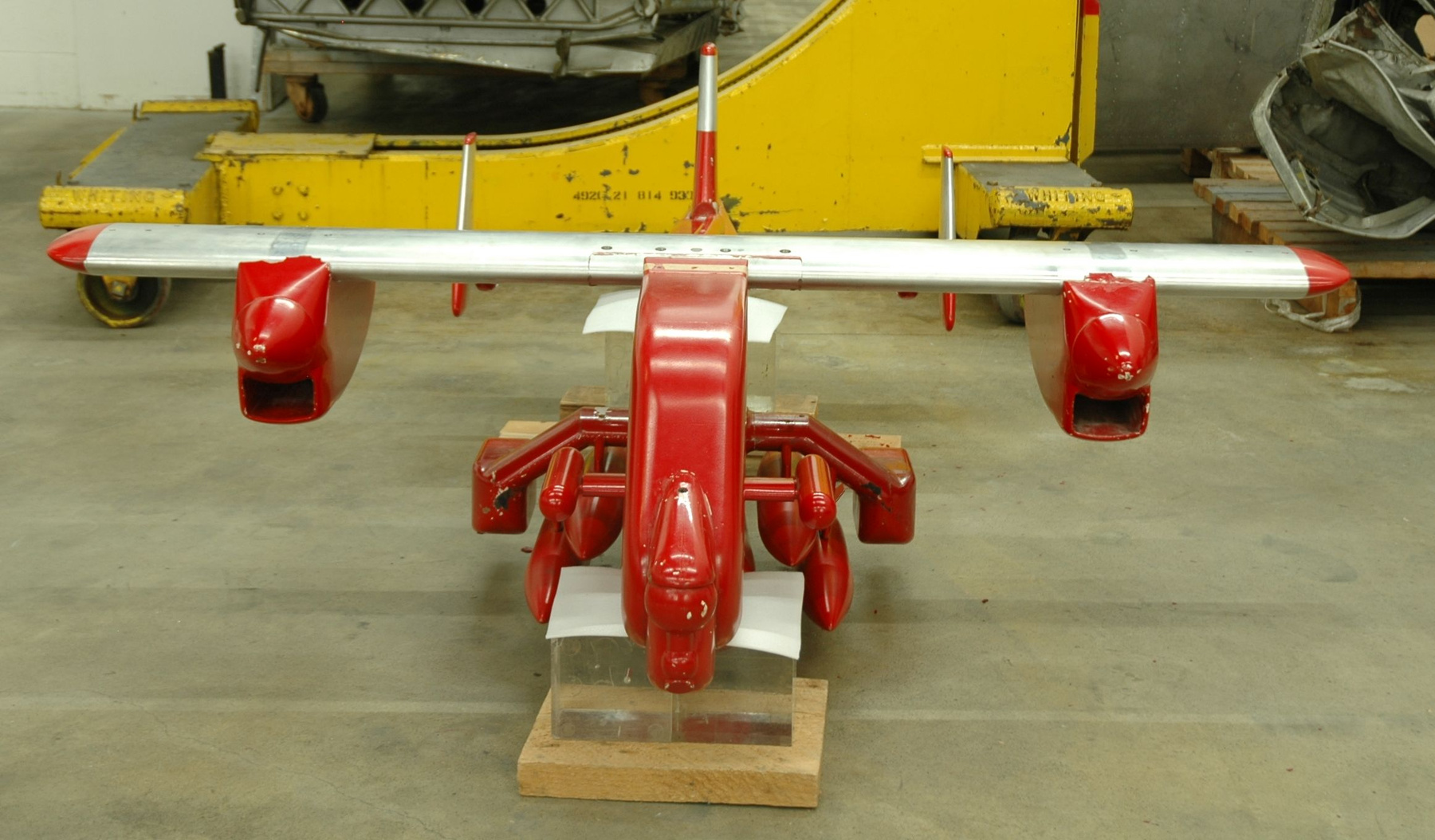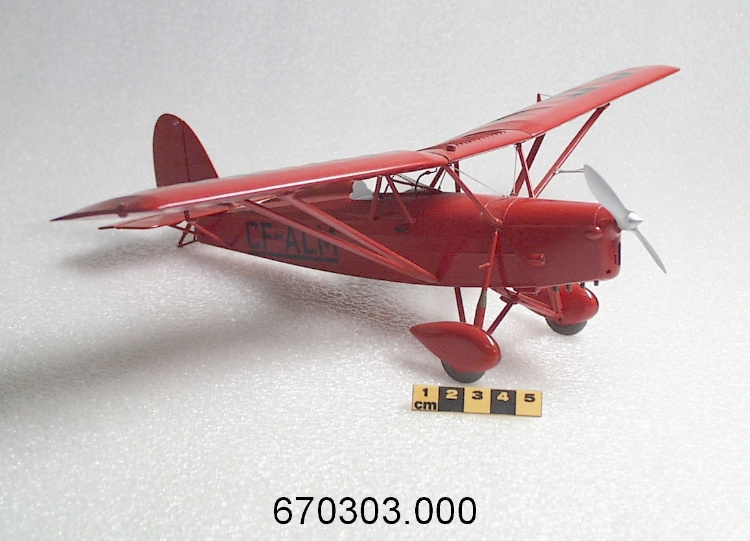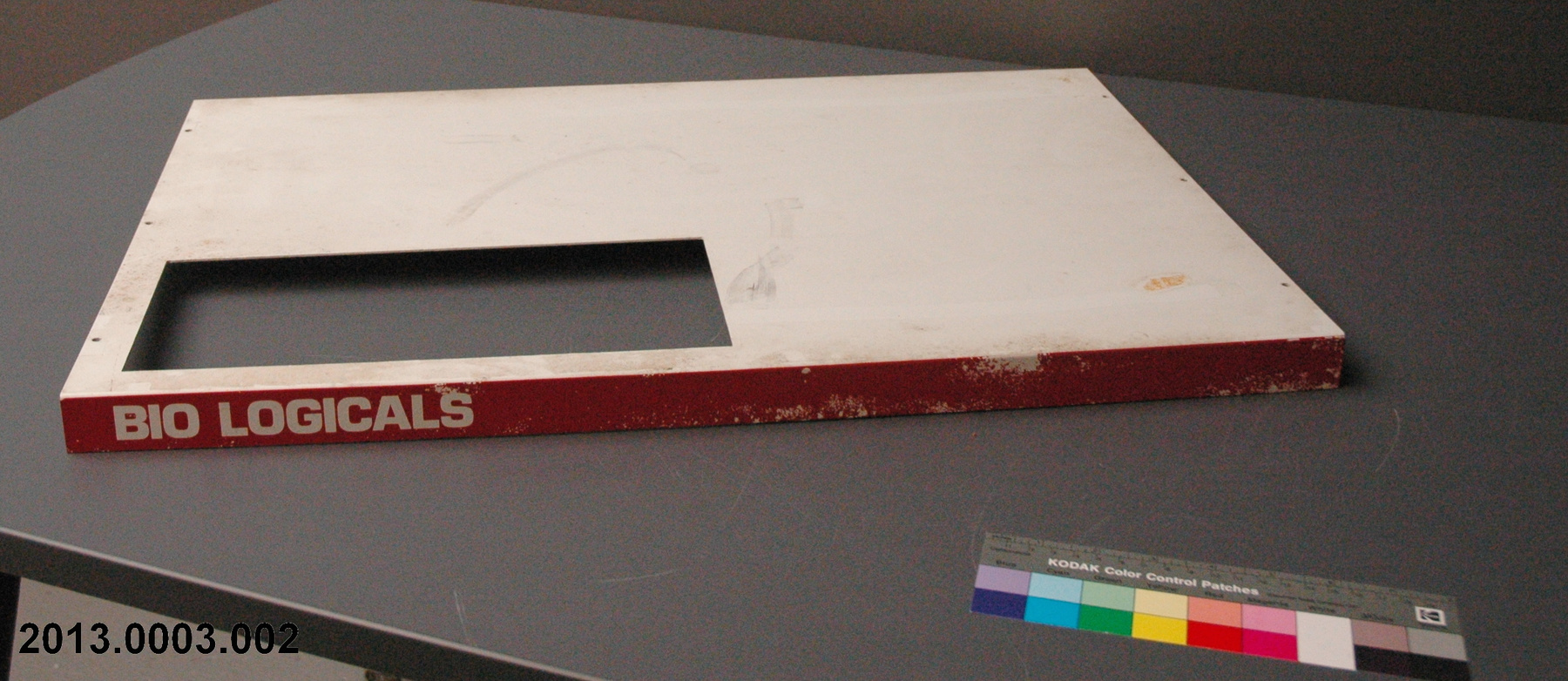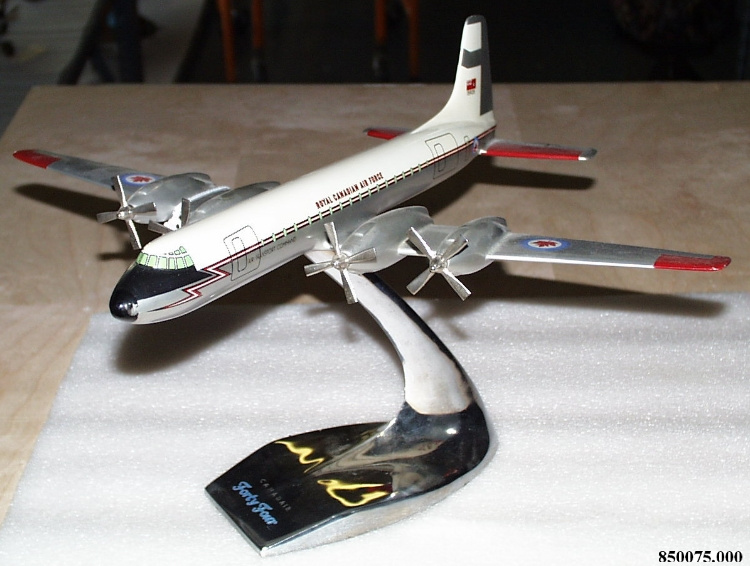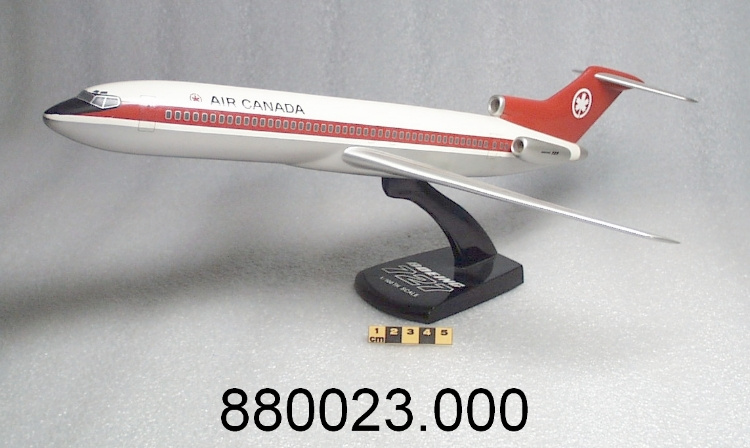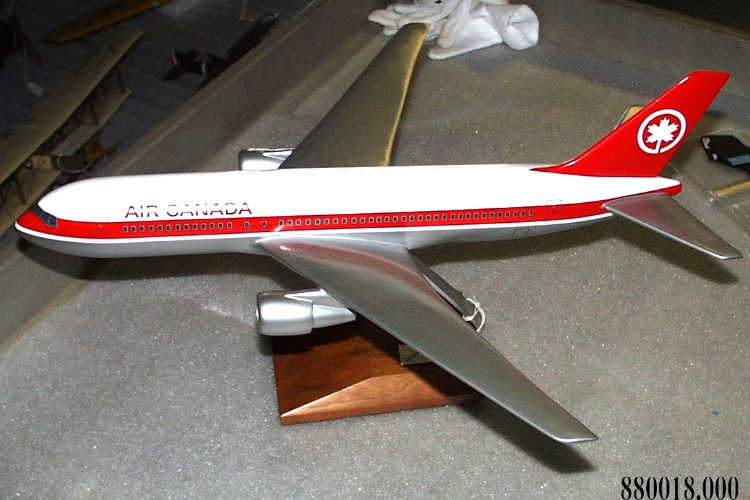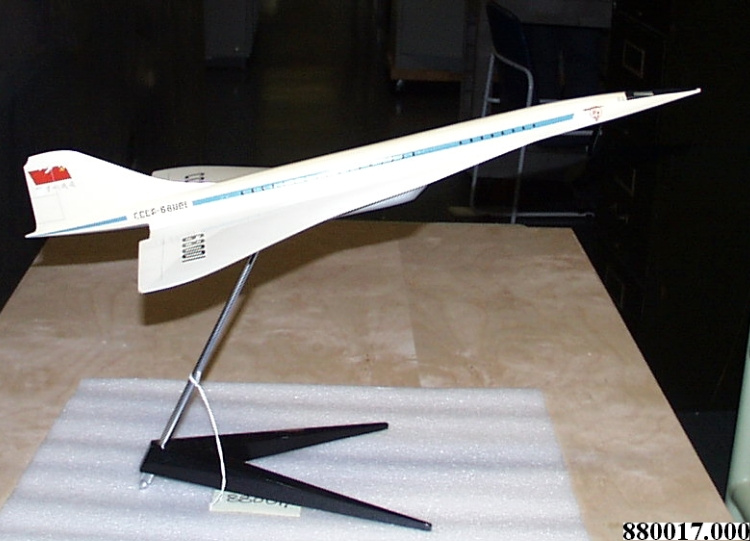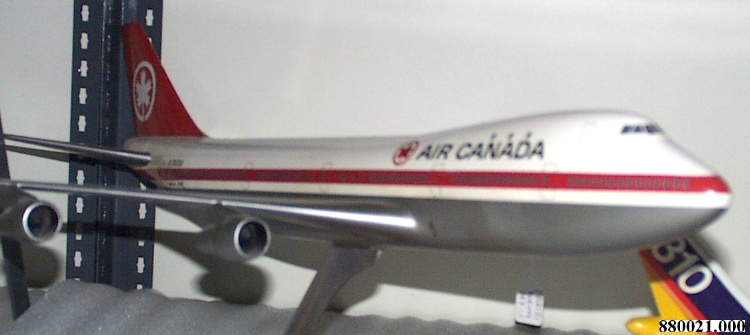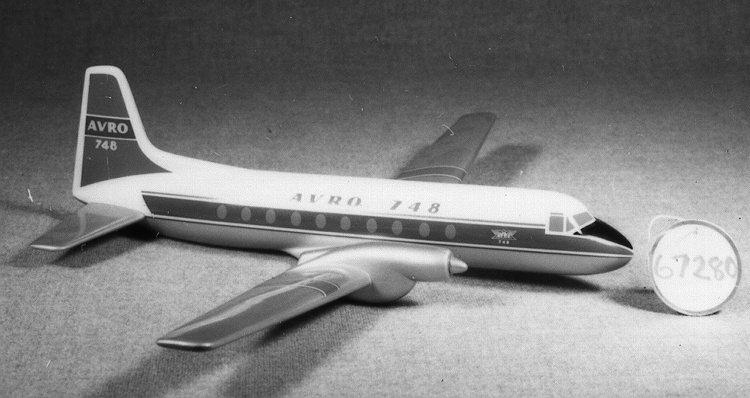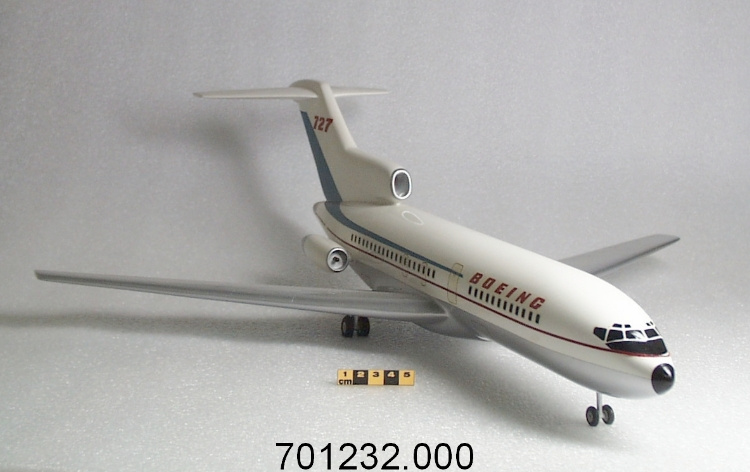Vehicle, unmanned aerial
Use this image
Can I reuse this image without permission? Yes
Object images on the Ingenium Collection’s portal have the following Creative Commons license:
Copyright Ingenium / CC BY-NC-ND (Attribution-NonCommercial 4.0 International (CC BY-NC 4.0)
ATTRIBUTE THIS IMAGE
Ingenium,
2014.0306.001
Permalink:
Ingenium is releasing this image under the Creative Commons licensing framework, and encourages downloading and reuse for non-commercial purposes. Please acknowledge Ingenium and cite the artifact number.
DOWNLOAD IMAGEPURCHASE THIS IMAGE
This image is free for non-commercial use.
For commercial use, please consult our Reproduction Fees and contact us to purchase the image.
- OBJECT TYPE
- prototype/working/1:8 scale
- DATE
- 1987
- ARTIFACT NUMBER
- 2014.0306.001
- MANUFACTURER
- University of Toronto, Institute for Aerospace Studies (UTIAS)
- MODEL
- SHARP
- LOCATION
- Downsview, Ontario, Canada
More Information
General Information
- Serial #
- N/A
- Part Number
- 1
- Total Parts
- 7
- AKA
- Fuselage and propeller; UAV
- Patents
- N/A
- General Description
- Balsa wood frame and wood prop, with a synthetic covering and metal mechanical components.
Dimensions
Note: These reflect the general size for storage and are not necessarily representative of the object's true dimensions.
- Length
- 139.4 cm
- Width
- 68.4 cm
- Height
- 55.0 cm
- Thickness
- N/A
- Weight
- N/A
- Diameter
- N/A
- Volume
- N/A
Lexicon
- Group
- Communications
- Category
- Models
- Sub-Category
- N/A
Manufacturer
- AKA
- University
- Country
- Canada
- State/Province
- Ontario
- City
- Downsview
Context
- Country
- Canada
- State/Province
- Ontario
- Period
- September-October, 1987
- Canada
-
Unknown - Function
-
To serve as a 1:8 scale flying model of a microwave-powered communications relay station for wireless (narrowband and wideband) telecommunications and broadcasting services (From Acquisition Proposal, see Ref. 1) - Technical
-
While it is true that the thin-film etched- or printed-circuit rectenna was not a Canadian invention, the fact is that Canadian researchers developed and patented improved and innovative designs of rectennas that were well adapted to the SHARP. The CRC’s unique rectenna design included two critically spaced layers of rectennas arranged at right angle to each other. This configuration maximised the amount of power collected by the SHARP, without having to turn the antenna array on the ground to keep it aligned with the model’s rectennas. The very design of the SHARP proved to be quite a challenge. The vehicle had to be as aerody-namically efficient as possible, which meant a long and slender wing. On the other hand, it also had to catch as much microwave radiation as possible, which meant a large collecting area. As was written above, the engineers developed and patented a highly innovative concept that combined a slender fuselage with a pylon-mounted wing and a large circular rectenna array to collect the microwaves. More rectennas of the type patented by the CRC were mounted underneath the wing and fuselage. This configuration offered the best achievable compromise between maximum aerodynamic efficiency and minimum variation in microwave beam power density. Some patents were issued as a result of the work done on the SHARP project (see References tab). Some Master’s Theses were also written by University of Toronto students as a result of this work. As of 2013, the SHARP project was the most advanced microwave-powered airplane project anywhere in the world. (From Acquisition Proposal, see Ref. 1) - Area Notes
-
Unknown
Details
- Markings
- Printed on the proper left and right sides of the fuselage: "SHARP"
- Missing
- Appears complete
- Finish
- Model is predominantly white with red accents and a red proper bottom. The propeller is grey with red tips. Inside, the frame is made of a light-coloured wood and there are wires with red, black and white coverings and black and blue connector ends. The bottom is covered in a network of copper coloured strips and wires covered with a translucent, slightly yellow synthetic film.
- Decoration
- The proper left and proper right of the pylon on which the wings are mounted are decorated with a Canadian flag.
CITE THIS OBJECT
If you choose to share our information about this collection object, please cite:
University of Toronto, Institute for Aerospace Studies (UTIAS), Vehicle, unmanned aerial, circa 1987, Artifact no. 2014.0306, Ingenium – Canada’s Museums of Science and Innovation, http://collection.ingeniumcanada.org/en/id/2014.0306.001/
FEEDBACK
Submit a question or comment about this artifact.
More Like This





